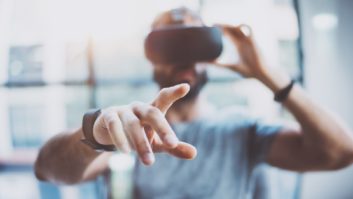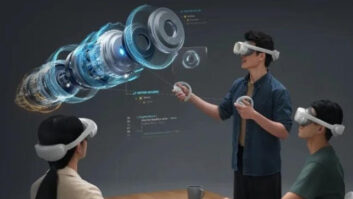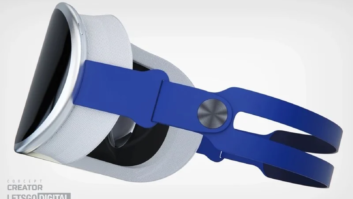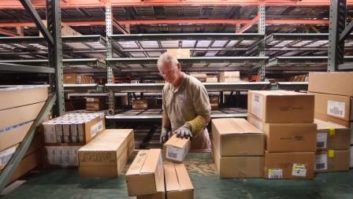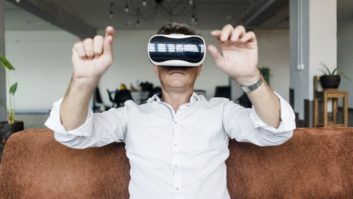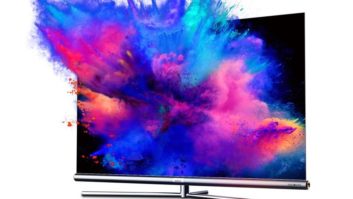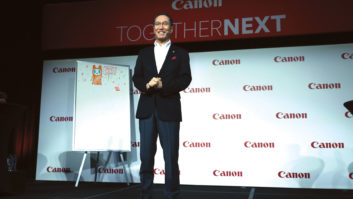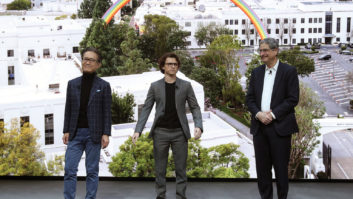My first go-around with virtual reality didn’t go so well.
It was on the show floor at CES in 2014. I was asked by a longtime friend in corporate communications for an unnamed company to try out a prototype of a headset running a loop of a sub-mersive shooter game in development at the time. I was quick to say “yes,” of course. I had read so much about VR but had yet to try it first-hand.
Once my friend strapped the headset on me, I was immediately blown away by the clarity and the feeling of being surounded. Turning my head to adjust my perspective coused my stomach to leap a bit, and when I started following one of the characters through the landscape, I felt downright dizzy.
About 10 seconds later I was pulling the headset off, while reaching around me to catch my balance. A few seconds longer and I feared my friend and I were going to relive my CES breakfast.
We chuckled about it, but the engineer who was helping us told me that it happens to a small percentage of people who try VR. Turns out, I’m of the fairly rare genetic class who boasts sensitive inner ears.
I have since tried a number of other VR applications and am happy to report that they did not have the same effect on me. In fact, I’m now a big fan of the Google Cardboard that I received with my New York Times subscription. Periodically, the Times will roll out bonus online coverage, in VR, of a story or feature, and I have to say the potential of VR-based journalism excites me.
Now, the Google Cardboard experience is not as completely immersive as that first shooter game I tried, and perhaps that is why I am spared the nausea. But it is immersive enough to make a story come alive. The potential for VR in gaming is the most obvious, but the many avenues it opens up to journalists, movie makers, artists, even musicians, I believe, are vast.
And, more importantly, as much of technology is, at its essence, a tool for creativity and ingenuity, VR has the potential to change many aspects of business: walking through a virtual building with its architect; allowing doctors to experience surgical techniques without cutting into a body; training firefighters to react to dangers without having to put them in proximity to a real fire.
TWICE editors Lisa Johnston and Joseph Palenchar surveyed the nascent VR landscape as it pertains to the consumer electronics world and found that VR’s potential is, in fact, boundless, but, as in any new CE category, sometimes the technology’s progress laps the audience for it. It’s going to take a sustained effort by developers and retailers to build a market for VR, through consumer education, careful demonstration and most of all — what this industry lacks more than anything — patience.
Check out our special report on pages 6 and 7.
Thanks!
I had a bit of a health scare recently, one that kept me out of the day-to-day happenings of this breakneck industry for a bit. All is well now and I’m happy to return to work. Just wanted to thank all the well-wishers and, more importantly, my colleagues here at TWICE, who kept the trains running on time with aplomb. I’m surrounded by genuine professionals and I’m eternally grateful.




